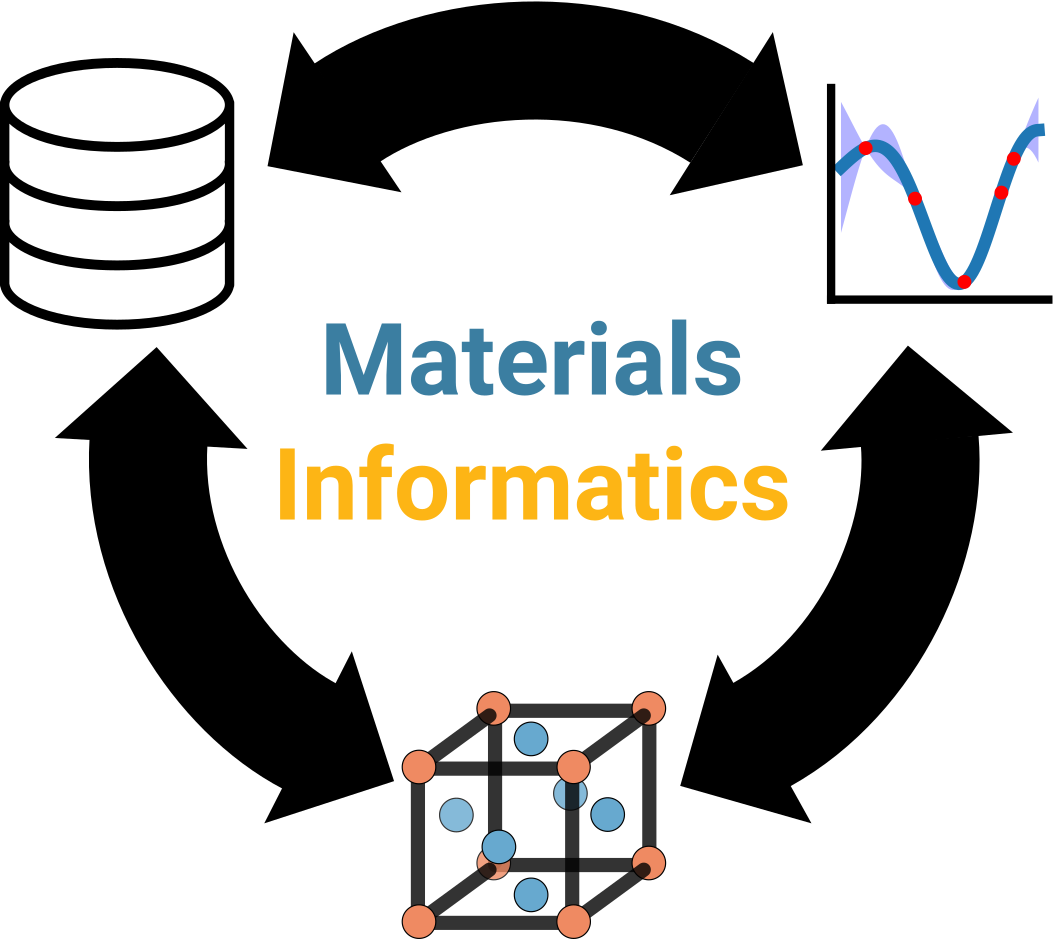Check-in meeting instructions¶
As we approach the end of week 2 and look ahead to our final presentations during week 3, we’d like to schedule a slightly-more-formal-yet-still-pretty-informal 1-on-1 check-in with each of you to make sure that you are in a good position to finish out the module strong. These check-in meetings are scheduled for 20 min, but they can take less or more time, as scheduling allows and as you need.
We see these check-ins as serving a few purposes:
Organizing your thoughts and summarizing what you have learned in the first week of self-directed research.
Getting your questions and concerns addressed before the last week.
Giving you practice articulating your thoughts and making slides for your final presentation.
Sign-up link¶
By 5:00PM PDT today, please sign up for a 20-min check-in slot for Friday, 07/09, in this Google spreadsheet.
Note
If none of the [remaining] times work for you, please let Enze know.
Summary slides¶
To help focus the conversation, we ask that you prepare the following for this meeting: a super short presentation with no more than two slides. The following are suggested contents, that you can also merge onto a single slide if you want.
The first slide could summarize some things you learned, tried, and/or found interesting so far. Please include at least one figure of your data/models/other.
The second slide could list questions you may have going forward, a figure with a poor model, etc.
Attention
Please don’t let this check-in meeting stress you out! The intent is for the exact opposite! 😅
Again, this meeting is one of several small checkpoints (that are admittedly in rapid-fire succession) to give you tangible milestones to work towards and keep things flowing. 🌊 We understand this is still early in a typical research process, so to clarify our expectations for what you should have prepared for this check-in, here are some examples:
You can produce a data visualization of some interesting (or not interesting) trends that you observed during exploratory data analysis of your feature space. We could then have a discussion about what other analyses to do, ML models to build, etc.
Perhaps you’ve already trained and validated ML models using the features you selected. Try to put together a figure and/or table summarizing the model performance, and we can discuss how to improve the model, what things to try next, etc.
Perhaps you got super stuck somewhere along the way, or found some interesting physics/chemistry but aren’t sure how to proceed with a programmatic, data-driven solution. That’s OK! Teach Enze about what you ran into and let’s see if we can get unstuck.
